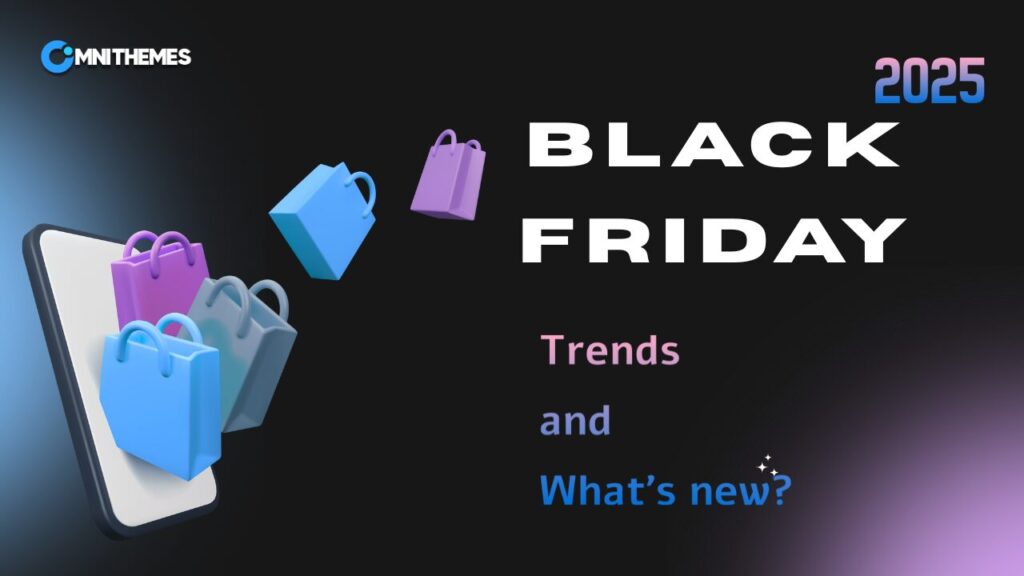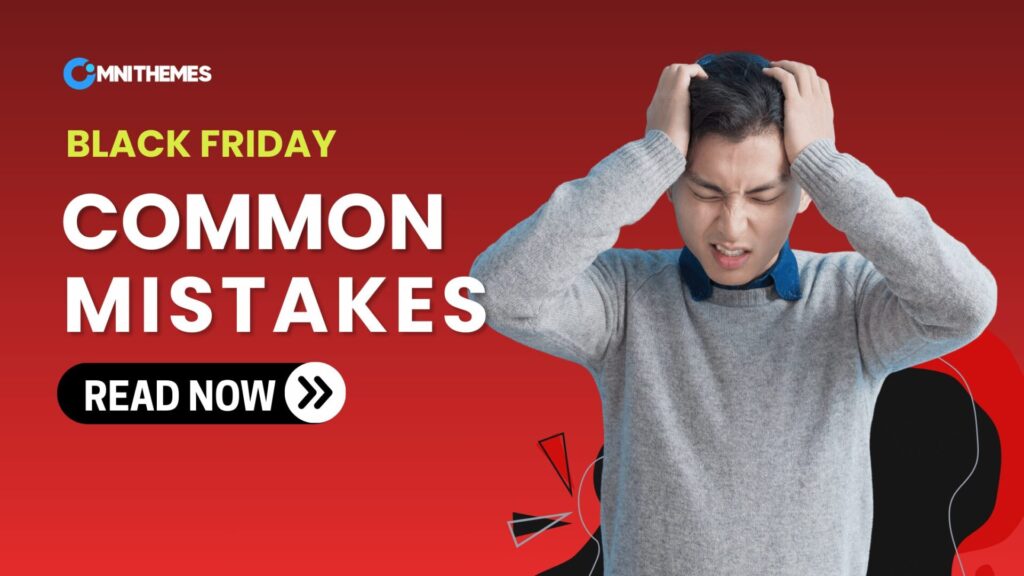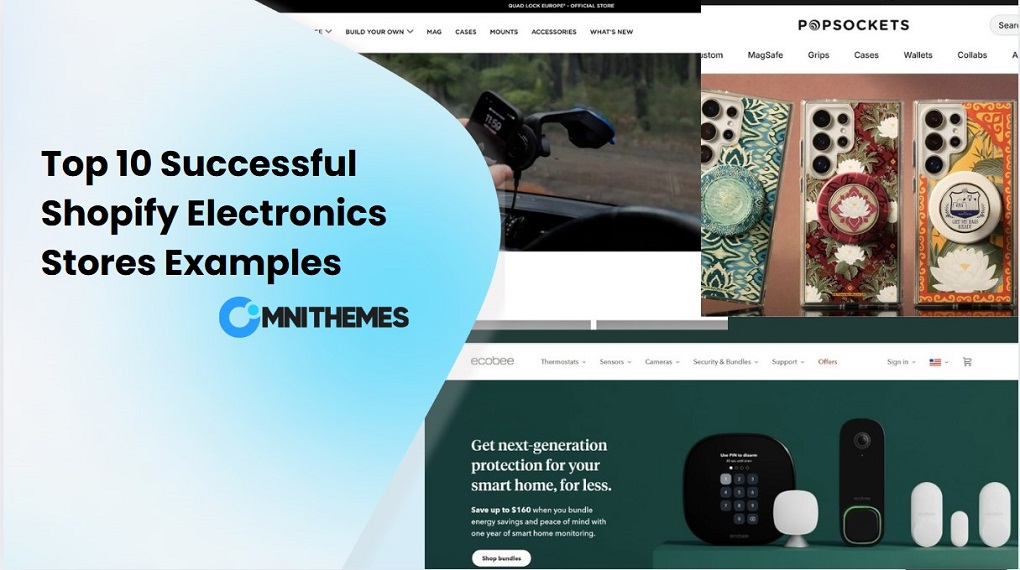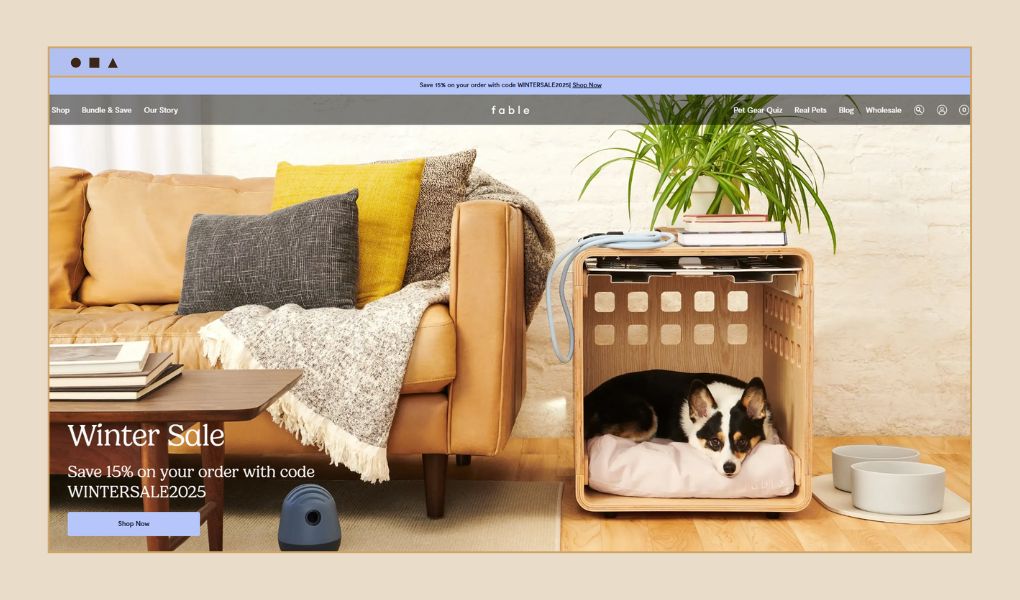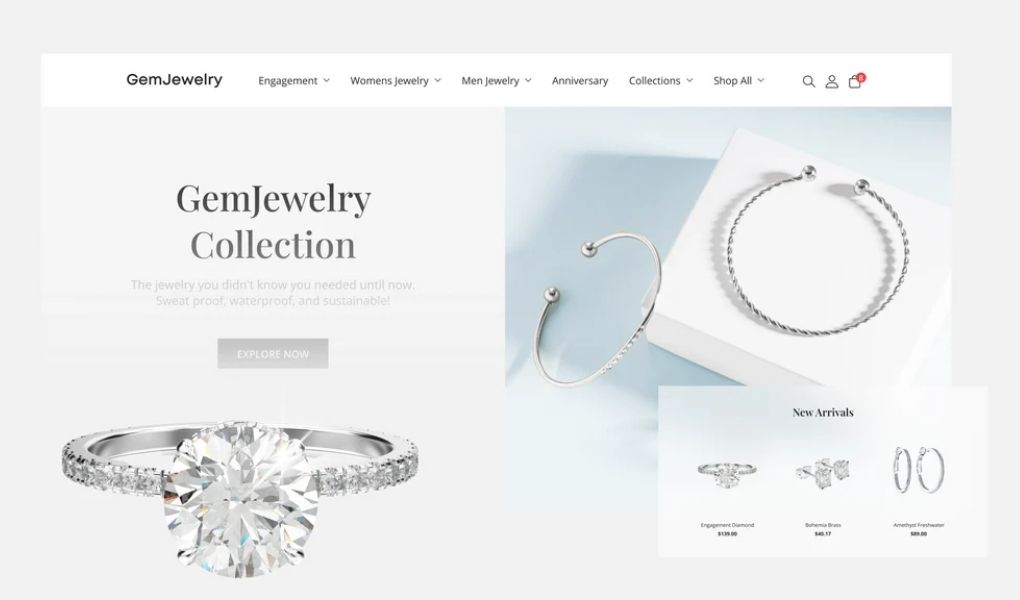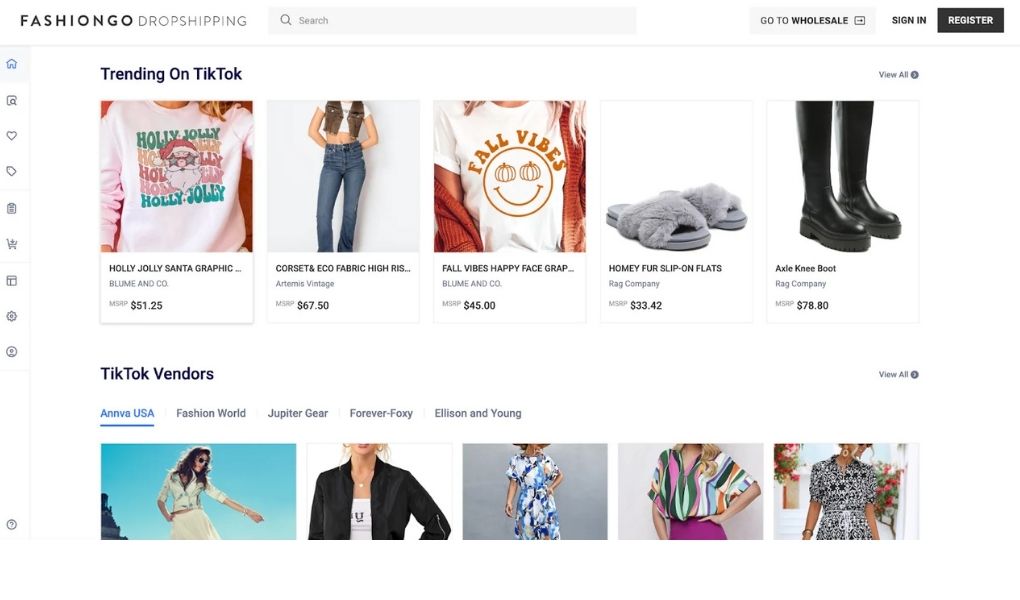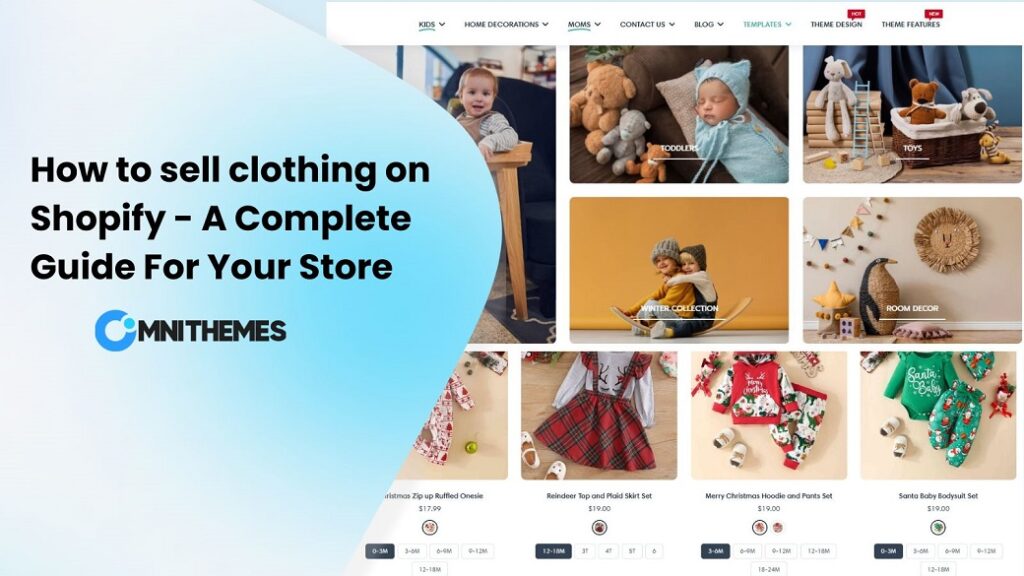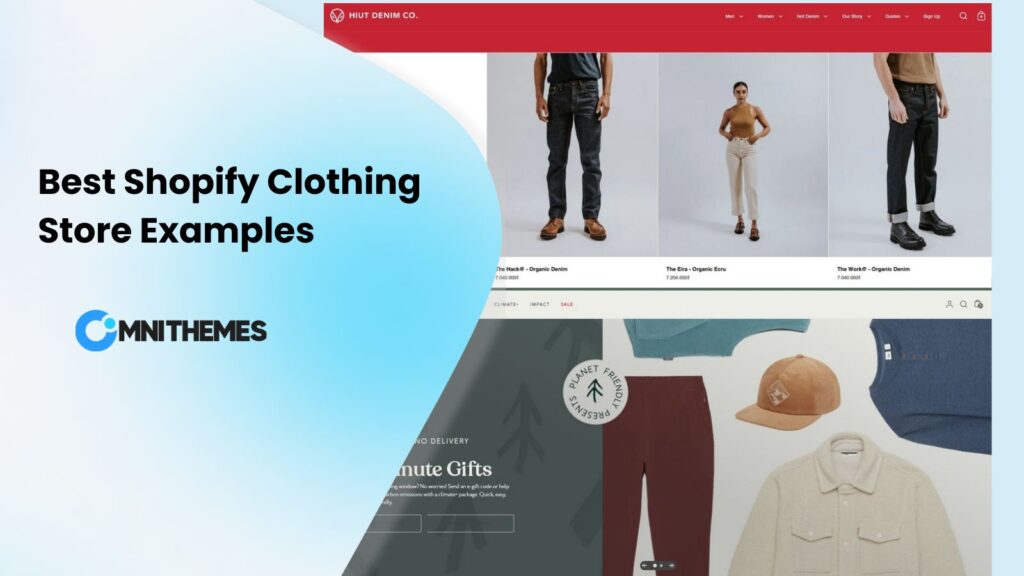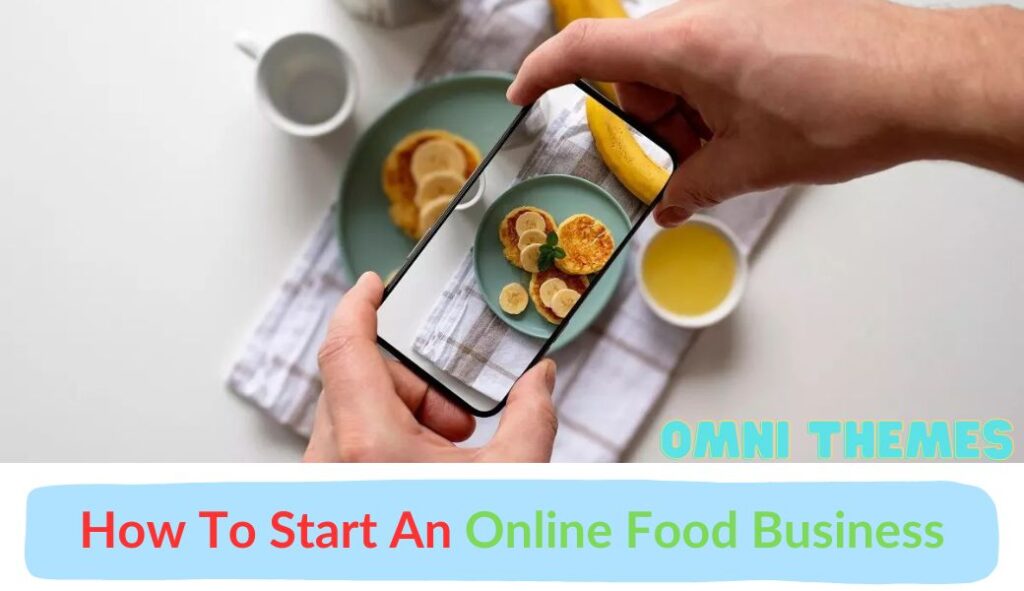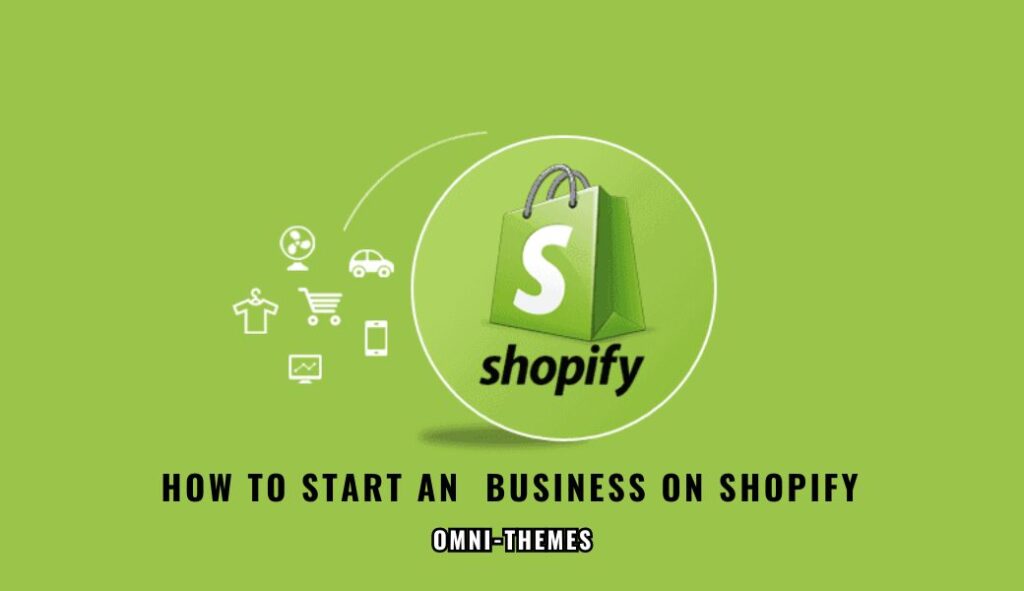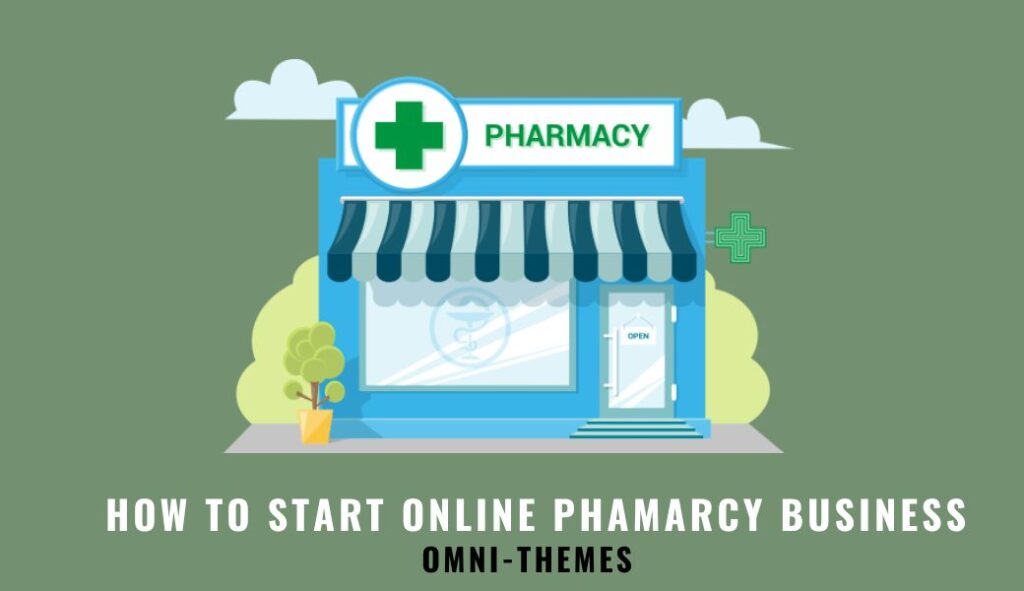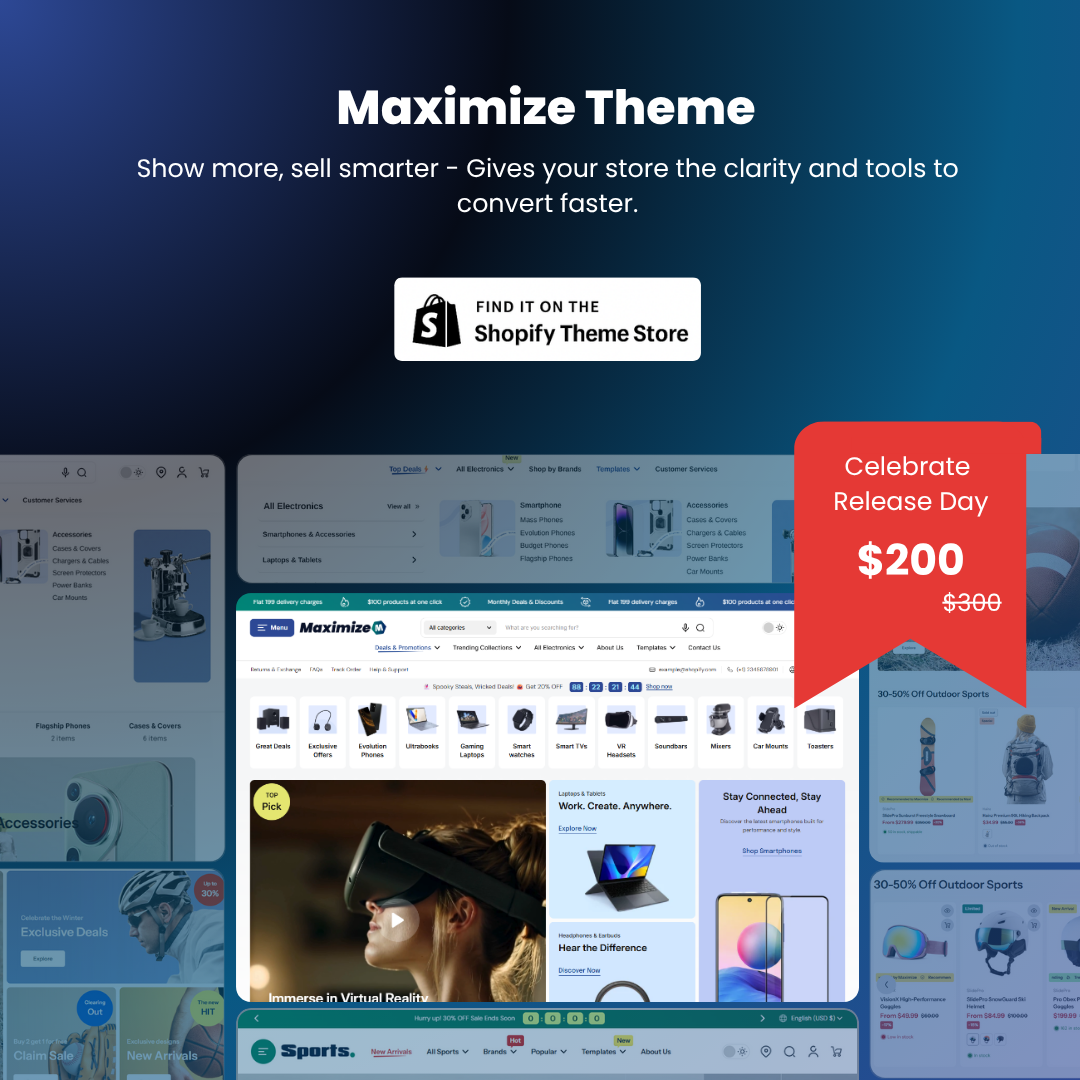Are you ready to step into the world of e-commerce and create a thriving business with minimal upfront costs? Dropshipping is one of the most accessible and profitable ways to start your entrepreneurial journey.
In this comprehensive guide, we’ll show you how to start a dropshipping store on Shopify, covering everything from choosing the right niche to setting up your store and marketing it effectively. With the right strategies, you can turn your passion into a scalable and successful online business!
1. What is Dropshipping?
Dropshipping is a retail fulfillment method where a third party, usually a wholesaler or manufacturer, fulfills orders for an online retailer. The retailer doesn’t keep the products they sell in stock.
Instead, when a store sells a product, it purchases the item from a third-party supplier and selects how to ship the product directly to the customer. This eliminates the need for inventory storage or finding a warehouse to store products and streamlines the order fulfillment process.
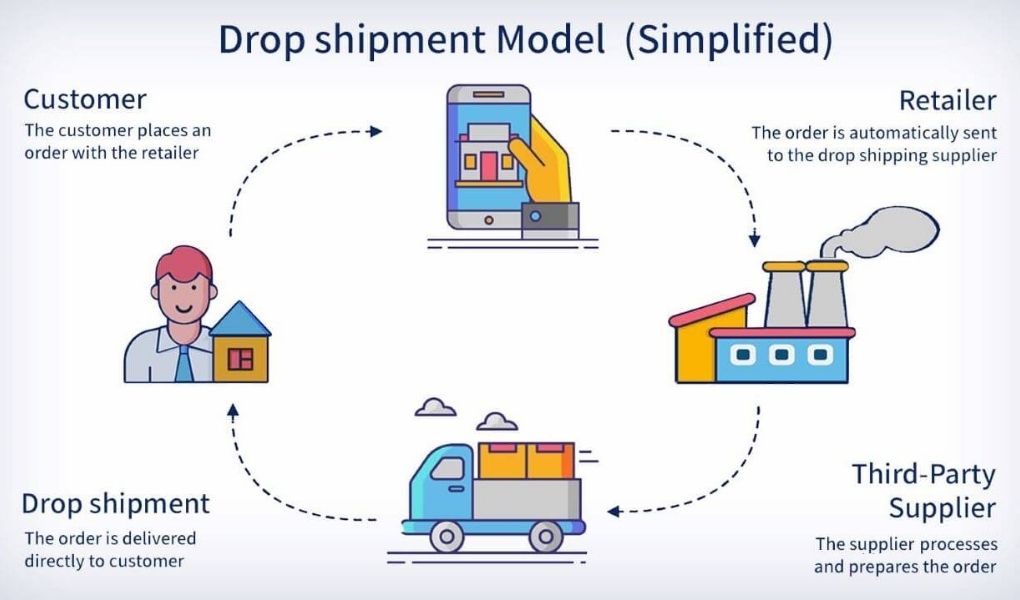
2. Why Shopify?
Shopify is one of the best platforms to consider when learning how to start a dropshipping store. Here’s why:
2.1 User-Friendly Interface
- Shopify is designed with simplicity in mind, making it ideal for beginners with little to no technical experience.
- The platform provides an intuitive interface that allows you to set up your store quickly, from creating an account to publishing your online shop.
- Customizing your store is effortless with drag-and-drop functionality, meaning you don’t need coding skills to create a professional-looking storefront.
2.2 Robust App Integration
- Shopify offers a rich ecosystem of apps to streamline your dropshipping operations:
- DSers: Automates order processing from AliExpress, saving you time and effort.
- Spocket: Connects you with local suppliers for faster shipping and high-quality products.
- Oberlo: A popular app for importing products from AliExpress directly into your Shopify store.
- Beyond dropshipping-specific apps, Shopify provides tools for SEO, email marketing, and analytics to optimize your store’s performance.
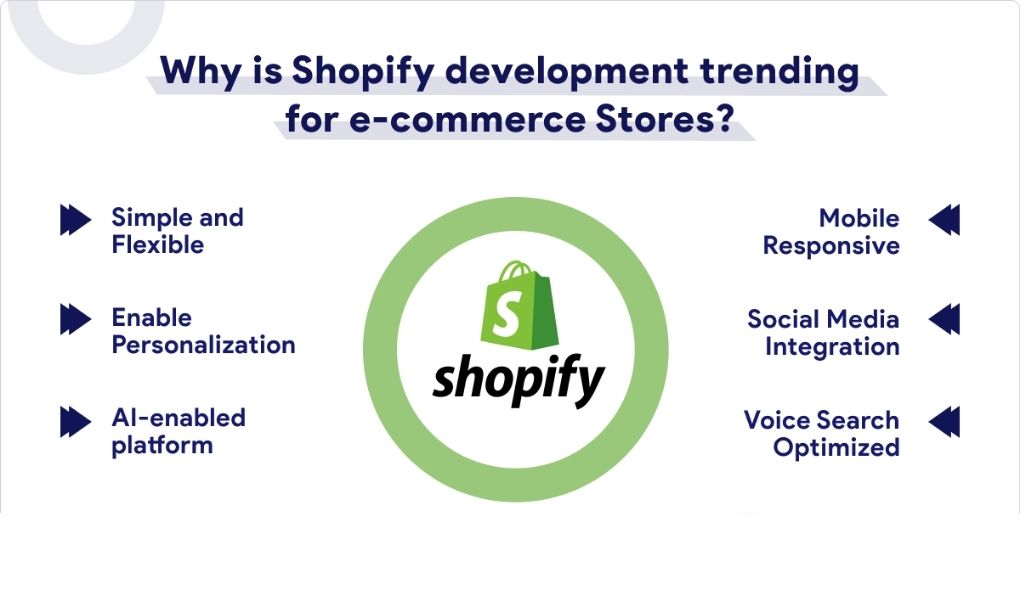
2.3 Professional Support and Strong Community
When learning how to start a Shopify store for beginners, having access to reliable support and resources is crucial, and Shopify delivers on this front:
- Shopify offers 24/7 customer support through live chat, email, and phone, ensuring you can resolve issues promptly.
- Its vast community of users on forums and social media platforms like Facebook and Reddit provides invaluable insights and support.
- Shopify Academy and Shopify Blog offer extensive learning resources, from beginner guides to advanced strategies for scaling your business.
2.4 Mobile Commerce Optimization
Shopify’s mobile-optimized themes are a game-changer for anyone figuring out how to start a dropshipping store.
- Shopify’s themes are fully optimized for mobile devices, ensuring seamless shopping experiences across all screen sizes.
- With mobile commerce on the rise, Shopify helps you tap into this trend to maximize your revenue.

2.5 Flexible Scalability
- Shopify is suitable for businesses of all sizes, from small startups to large-scale operations.
- You can start with a basic plan and upgrade as your business grows, offering flexibility and value at every stage.
In general, Shopify stands out as a powerful and reliable platform for entrepreneurs learning how to start a dropshipping store. With its user-friendly design, comprehensive app ecosystem, professional support, and mobile-friendly features, Shopify equips you with everything you need to build and grow a successful online store.
3. Choosing a Niche and Products
Selecting the right niche and products is the foundation of a successful dropshipping business. By narrowing your focus and targeting specific customer needs, you can minimize competition and optimize your marketing efforts. Let’s explore how to identify the perfect dropshipping niche and source the best dropshipping products.
3.1 Niche Selection
Why is choosing a niche important?
Choosing the right niche is essential when starting a Shopify dropshipping store. It allows you to target a specific market segment with tailored products, making it easier to attract and convert customers.
A focused niche also reduces competition, positioning you as an expert in your area. Additionally, it enables more efficient marketing by reaching highly relevant audiences instead of running broad, generic campaigns.
How to choose the perfect dropshipping niche:
- Analyze Demand and Trends: To identify a profitable niche, start by researching markets that are consistently in demand or trending upward. Tools like Google Trends can help you spot areas with steady growth or emerging interest.
- Examples: Eco-friendly products, fitness equipment, or smart home gadgets, Clothing Shopify dropshipping, Jewelry Dropshipping Store.
- Evaluate Profitability:
- Focus on niches where customers are willing to pay a premium for quality or convenience.
- Look for products with a healthy profit margin (typically 30-50% markup).
- Assess Competition:
- Use platforms like Ahrefs or SEMRush to analyze competitors in your potential niche.
- Avoid oversaturated markets and focus on areas with moderate competition.
- Validate with Audience Research:
- Identify your target audience and understand their pain points.
- Engage with online communities (e.g., Reddit, Facebook Groups) to gauge interest and gather insights.
Once you’ve identified your niche, it’s time to find products that resonate with your audience and align with their preferences and needs.

3.2 Product Research
How to identify the best dropshipping products:
Finding the right products is a critical step in how to build a Shopify dropshipping store. By choosing items that solve problems or offer unique value, you can stand out and attract loyal customers.
- Leverage Data from Top Platforms: Marketplaces like Amazon Best Sellers and AliExpress Hot Products are treasure troves for finding products that have proven demand. Look for items with high ratings and consistent sales to ensure quality and popularity.
- Look for Problem-Solving Products
Products that address a specific issue or pain point tend to perform better, as they provide immediate value to customers.- Examples: Ergonomic desk setups for remote workers or reusable straws for eco-conscious consumers.
- Focus on Unique and Niche-Specific Items
Avoid generic products that are widely available. Instead, opt for items with unique features or designs that appeal to your niche.- Examples: Biodegradable phone cases or personalized gifts.
- Consider Logistics
Choose small, lightweight, and durable products to minimize shipping costs and the risk of damage during transit.- Ideal examples: Jewelry, phone accessories, or compact kitchen tools.
Now that you have a list of promising products, the final step in learning how to start a dropshipping store is to find reliable suppliers who can consistently deliver high-quality items.
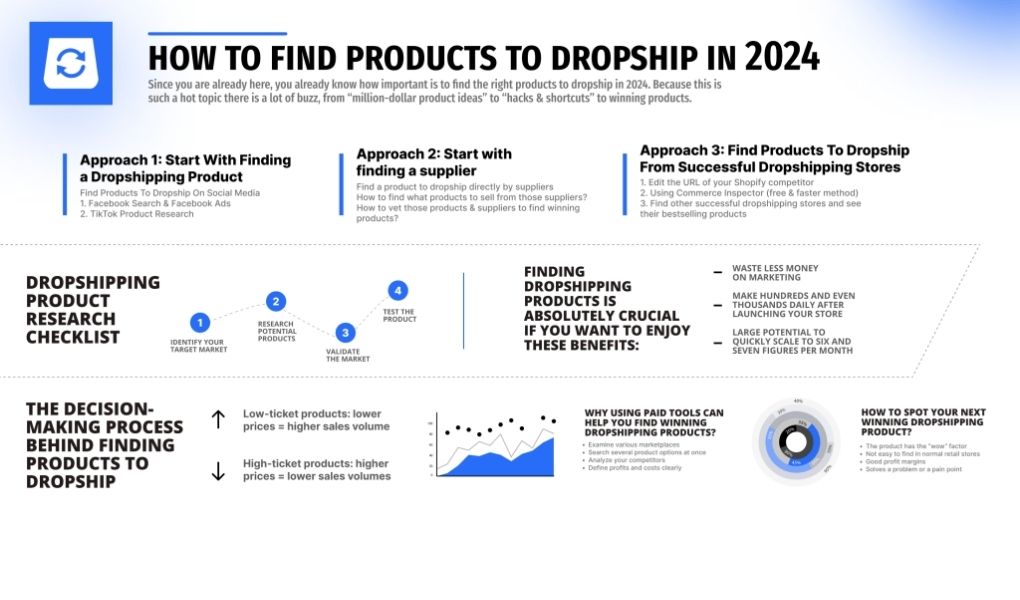
3.3 Supplier Research
Why quality suppliers are essential:
Reliable suppliers ensure that your customers receive exactly what they order, on time, and as described. This builds trust and encourages repeat business, while unreliable suppliers can harm your store’s reputation.
Recommended platforms for finding suppliers:
- AliExpress:
- A vast marketplace offering affordable products across various categories.
- Great for testing products and entering new niches.
- Spocket:
- Connects you with local suppliers in the US and Europe for faster shipping times.
- Ideal for niches where quick delivery is a competitive advantage.
- SaleHoo:
- A curated directory of trusted suppliers and wholesalers.
- Includes tools for market research and supplier comparisons.
How to vet suppliers:
- Check Reviews and Ratings: Look for suppliers with a track record of reliability and customer satisfaction.
- Order Samples: Test products firsthand to ensure quality, accurate descriptions, and reasonable shipping times.
- Communicate Directly: Contact suppliers to evaluate their responsiveness and professionalism.
With a well-defined niche, carefully chosen products, and dependable suppliers, you’re ready to take the next step in mastering how to start a dropshipping store on Shopify and build a successful business.

4. How to Start a Dropshipping Store: Setting Up Your Shopify Store
Setting up your store is one of the most exciting steps in your dropshipping journey. In this section, we’ll walk you through the key steps for your Shopify dropshipping store setup, from creating an account to optimizing your store for conversions.
4.1 Create a Shopify Account
Getting started with Shopify is simple and user-friendly. The platform offers a seamless onboarding experience to help you build your store quickly.
Steps to create your Shopify account:
- Sign up for a Shopify account:
- Visit the Shopify website and start with their 14-day free trial to explore the platform and its features.
- No credit card is required during the trial, making it risk-free for beginners.
- Choose a plan that suits your business:
- Shopify offers a variety of pricing plans to fit different needs and budgets.
- Start with the Basic Plan if you’re launching a small store, and scale up to higher plans like Shopify Plus as your business grows.
- Add your business details:
- Enter your store name, contact information, and business preferences.
- Make sure your store name aligns with your niche and brand identity.
Pro Tip: Use a domain name that is easy to remember and reflects your brand’s niche. For example, if your niche is eco-friendly products, consider a domain like “EcoHavenStore.com.”
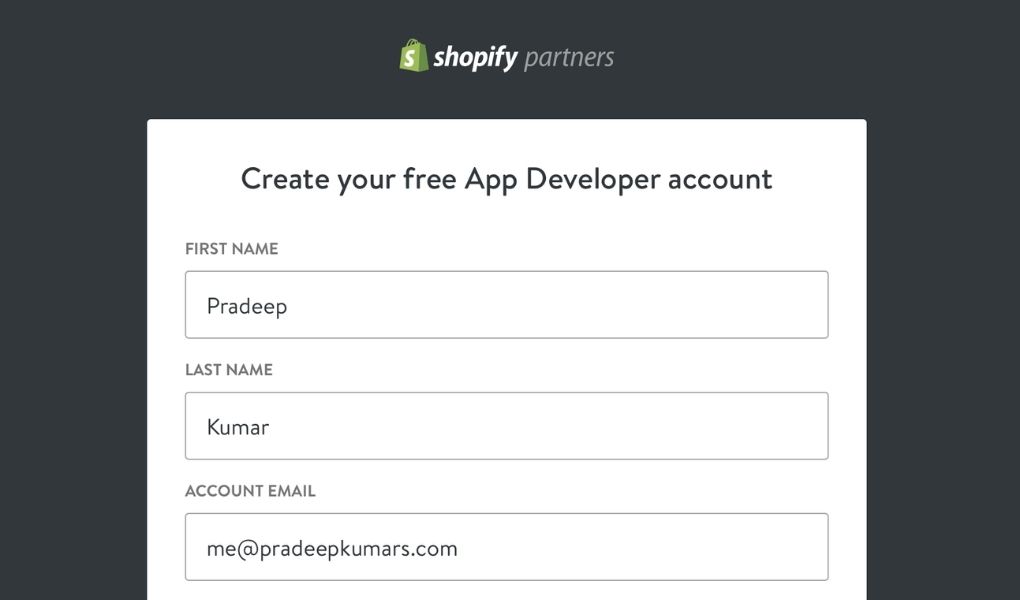
4.2 Select a Theme
Choosing the right theme is a critical step in mastering how to start a Shopify dropshipping store, as it directly impacts your store’s visual appeal and user experience.
Key features to choose a Shopify theme for dropshipping:
- Visually appealing design: Ensure the theme has a clean, professional look that attracts customers and encourages them to explore your store.
- Ease of navigation: Look for a theme with intuitive menus and clear product categories to make browsing seamless.
- Mobile responsiveness: Choose a theme optimized for mobile devices, as most customers shop on their phones.
- Fast loading speed: A lightweight theme ensures quick load times, reducing bounce rates and improving user experience.
- Customizability: Opt for a theme that allows easy adjustments to match your branding without requiring advanced coding skills.
- Built-in features: Look for useful tools like product reviews, search filters, and integration with dropshipping apps to streamline operations.
The Shopify Theme Store offers a variety of Shopify themes for dropshipping. One highly recommended option is the Eurus Theme, known for its speed, user experience, and conversion optimization.
Key features of the Eurus Theme:
- Speed Optimization: Eurus is designed with clean coding and an app-free system, ensuring lightning-fast load times. This performance helps reduce abandoned carts caused by slow site speeds.
- Mobile-First Design: Recognizing that 78% of eCommerce traffic comes from mobile devices, Eurus offers fully functional and beautifully optimized layouts for mobile users.
- Built-In Features: With over 40 drag-and-drop sections and 25+ app functions, Eurus provides extensive customization without the need for additional apps, saving on subscription fees.
- Multi-Language Support: Eurus supports multiple languages, including EU translations (EN, FR, IT, DE, ES), Dutch, Japanese, Chinese, and right-to-left languages like Arabic and Hebrew, allowing you to cater to a global audience.
- Professional Design Presets: Eurus offers five style presets tailored for various industries, such as health & beauty, jewelry & accessories, food & drink, home & garden, and baby & kids, enabling you to choose a design that best suits your niche.
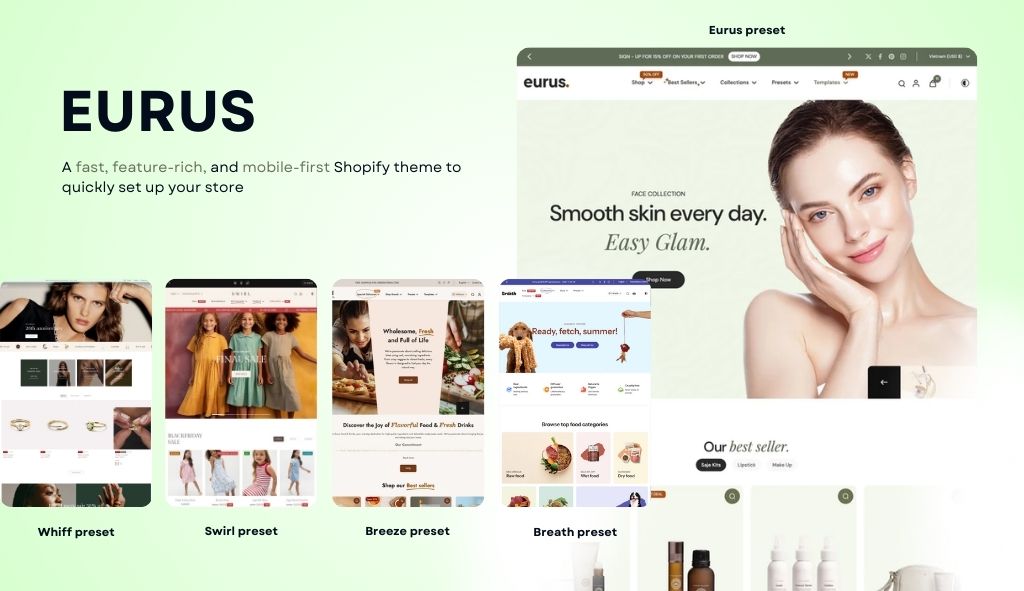
How to install a theme in Shopify:
- Navigate to the Online Store > Themes section in your Shopify dashboard.
- Browse the Shopify Theme Store for your preferred theme, or upload Eurus if you’ve purchased it externally.
- Customize your theme using Shopify’s drag-and-drop editor, making it unique and tailored to your audience’s preferences.
4.3 Install Essential Apps
Integrating the right apps is key to enhancing your store’s functionality and efficiency as you figure out how to start a dropshipping store. Shopify’s App Store offers a variety of tools to support your business.
Must-have apps for Shopify dropshipping stores:
- DSers or Oberlo:
- Automate the process of importing products from AliExpress or other suppliers.
- Sync orders directly with suppliers, ensuring smooth order fulfillment.
- SEO Manager:
- Optimize your product pages, collections, and blog posts for search engines.
- Add meta titles, descriptions, and alt text to images for better rankings on Google.
- Klaviyo or Mailchimp:
- Manage your email marketing campaigns effortlessly.
- Use email automation to send abandoned cart reminders, welcome messages, and promotional updates.
- Social Proof and Reviews Apps (e.g., Loox or Judge.me):
- Showcase customer reviews and ratings to build trust and credibility.
- Add user-generated content to highlight real-life customer experiences.
- Currency Converter:
- Allow customers to view prices in their local currency, enhancing the shopping experience for international audiences.
Pro Tip: Start with a few essential apps and gradually add more as your store grows to avoid overwhelming yourself or increasing costs unnecessarily.
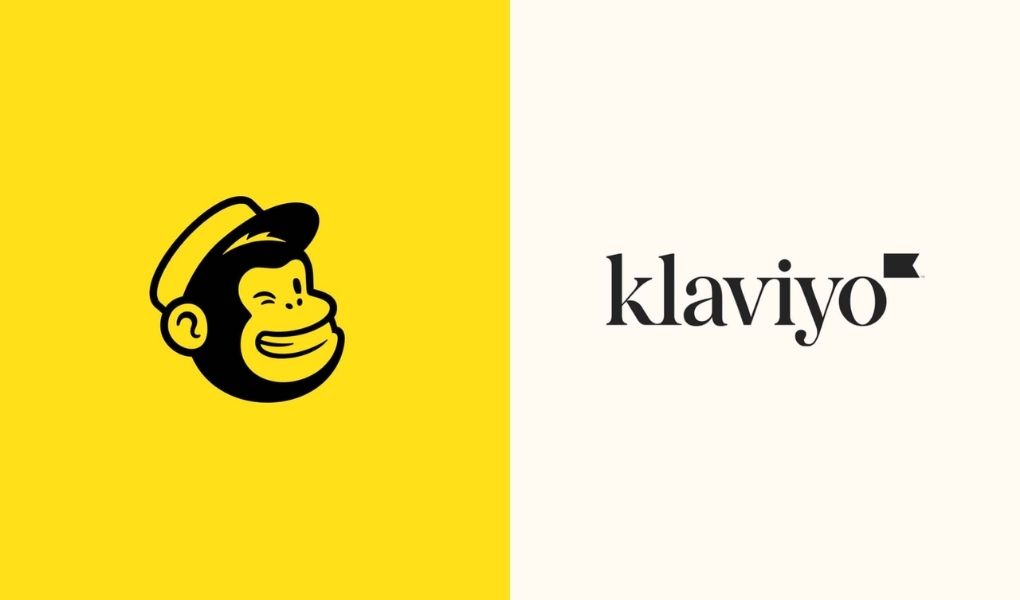
5. Launch and Grow
Launching and growing your Shopify store is a pivotal phase in your journey to mastering how to start a dropshipping store. By focusing on thorough preparation, streamlined operations, and continuous optimization, you can set your store up for sustained success. Here’s a breakdown of the key steps to ensure a smooth launch, maintain top-notch customer service, and scale your business effectively.
5.1 Pre-Launch Checklist
Before launching your Shopify store, ensure every aspect is set up for a seamless customer experience. A thorough pre-launch checklist helps you avoid potential issues and ensures a professional impression from day one.
Essential Pre-Launch Tasks:
- Check Your Store Design and Functionality:
- Review your website’s layout, navigation, and design to ensure it aligns with your brand’s niche.
- Test your theme’s responsiveness on both desktop and mobile devices to guarantee a smooth shopping experience.
- Optimize Page Load Speed:
- Use tools like Google PageSpeed Insights to analyze and improve load times.
- Compress images and reduce unnecessary code to enhance performance.
- Verify Links and Payment Methods:
- Double-check all links, including product pages, navigation menus, and external redirects, to ensure they work correctly.
- Test payment gateways like PayPal, credit cards, or any other integrated method to confirm smooth transactions.
- Run Test Orders:
- Simulate a complete purchase process, from adding items to the cart to receiving a confirmation email.
- This helps identify any issues in the checkout process or communication flow.
Pro Tip: Use a small group of friends or colleagues to act as beta testers for your store and gather feedback before officially launching.
Once your store is live, maintaining efficient order fulfillment and excellent customer service becomes essential for building trust and loyalty in how to start a Shopify dropshipping store successfully.
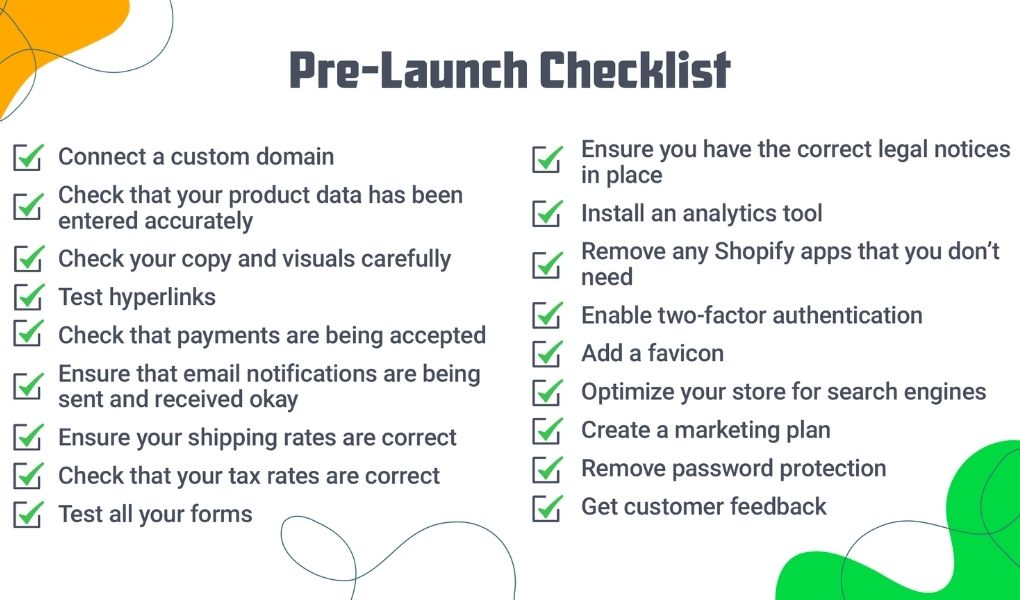
5.2 Order Fulfillment and Customer Service
A successful dropshipping store relies on efficient order fulfillment and exceptional customer service to build trust and foster loyalty.
Streamlining Order Fulfillment:
- Automate Processes with Apps:
- Use apps like DSers or Oberlo to sync your Shopify store with suppliers.
- Automate order placement, tracking, and updates to reduce manual effort.
- Monitor Shipping and Delivery:
- Keep track of delivery timelines to ensure products reach customers on schedule.
- Notify customers promptly if there are any delays or issues.
- Provide Order Tracking Information:
- Offer customers tracking numbers and real-time updates to give them peace of mind.
Delivering Excellent Customer Service:
- Respond Quickly to Inquiries:
- Use Shopify Inbox or third-party apps like Zendesk to respond to customer queries efficiently.
- Aim to answer questions within 24 hours to maintain customer satisfaction.
- Handle Complaints Professionally:
- Address customer complaints calmly and offer fair resolutions, such as refunds or replacements when necessary.
- Use feedback as an opportunity to improve your processes.
- Communicate Transparently:
- Provide clear and honest updates about shipping, product availability, and policies.
- Include a well-written FAQ page to address common concerns upfront.
With fulfillment and customer service in place, the next focus in how to start a dropshipping store is analyzing your store’s performance and scaling it for growth.
5.3 Analyzing and Scaling
To ensure ongoing dropshipping success, you need to monitor your store’s performance, analyze data, and implement strategies to grow your business.
Tracking Store Performance:
- Use Analytics Tools:
- Leverage Shopify Analytics to monitor key metrics like sales, traffic, and conversion rates.
- Integrate Google Analytics for deeper insights into customer behavior and acquisition channels.
- Identify Trends and Patterns:
- Regularly review data to understand which products, pages, or marketing campaigns are performing best.
- For example, track which products have high views but low conversions and adjust descriptions or images accordingly.
Strategies for Scaling Your Business:
- Expand Your Product Catalog:
- Use sales data to identify bestsellers and introduce complementary products.
- Example: If reusable water bottles are popular, consider adding insulated lunchboxes or travel mugs.
- Increase Advertising Spend Strategically:
- Allocate more budget to campaigns that are generating a positive return on investment (ROI).
- Experiment with new ad formats, such as carousel ads on Instagram or video ads on TikTok, to reach new audiences.
- Leverage Email Marketing:
- Send personalized emails to re-engage existing customers, promote new products, and offer exclusive discounts.
- Use tools like Klaviyo to segment your audience and automate email flows.
- Expand to New Markets:
- Offer products in different regions by working with suppliers who ship internationally.
- Use Shopify’s multi-language and multi-currency features to appeal to a global audience.
Pro Tip: Regularly A/B test your product pages, ads, and email campaigns to discover what resonates best with your customers.
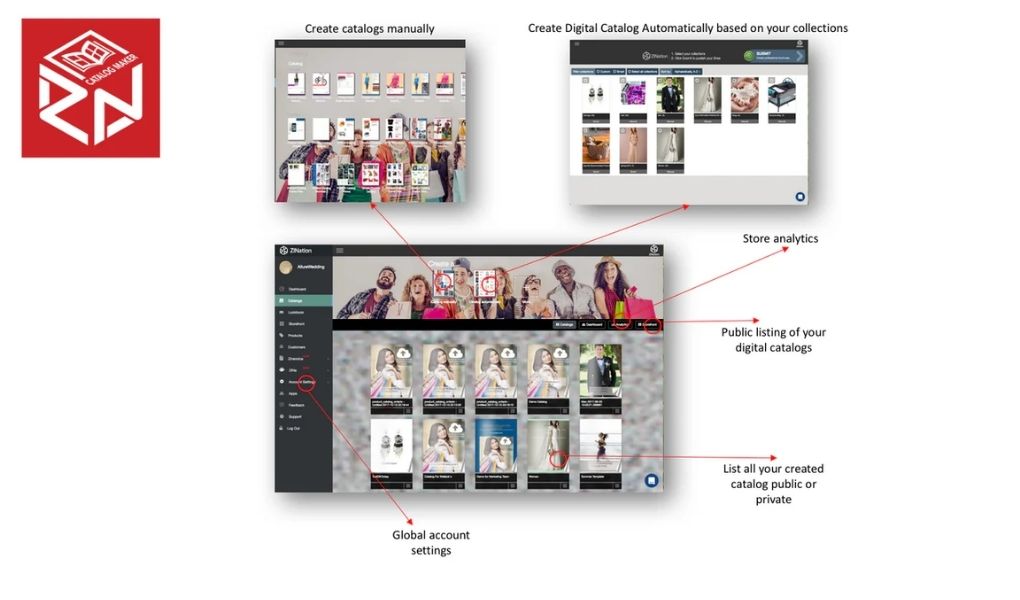
5.4 Marketing Your Dropshipping Store
Once your Shopify store is set up, the next crucial step in learning how to start a dropshipping store is marketing. Effective marketing strategies are essential to driving traffic, generating sales, and building a strong brand presence. Marketing plays a critical role in driving traffic, generating sales, and building a strong brand for your dropshipping store. Here are the key strategies to focus on:
- SEO Optimization: Use the SEO app you downloaded to optimize your store’s content, product pages, and meta descriptions, helping your store rank higher on search engines.
- Content Marketing: Create valuable content, such as blogs, guides, and videos, to educate your audience, establish authority in your niche, and build trust with potential customers.
- Social Media Marketing: Platforms like Facebook, Instagram, and TikTok are essential for connecting with your target audience, promoting your products, and building brand awareness. Use engaging posts, Reels, and short videos to showcase your products effectively.
- Paid Advertising: Invest in paid ads on platforms like Facebook, Google, TikTok, and Instagram to quickly reach a larger audience. These ads allow you to target specific demographics and increase store visibility.
Tip: Use a combination of these strategies to maximize your store’s potential. Continuously analyze performance data to refine and improve your marketing efforts.
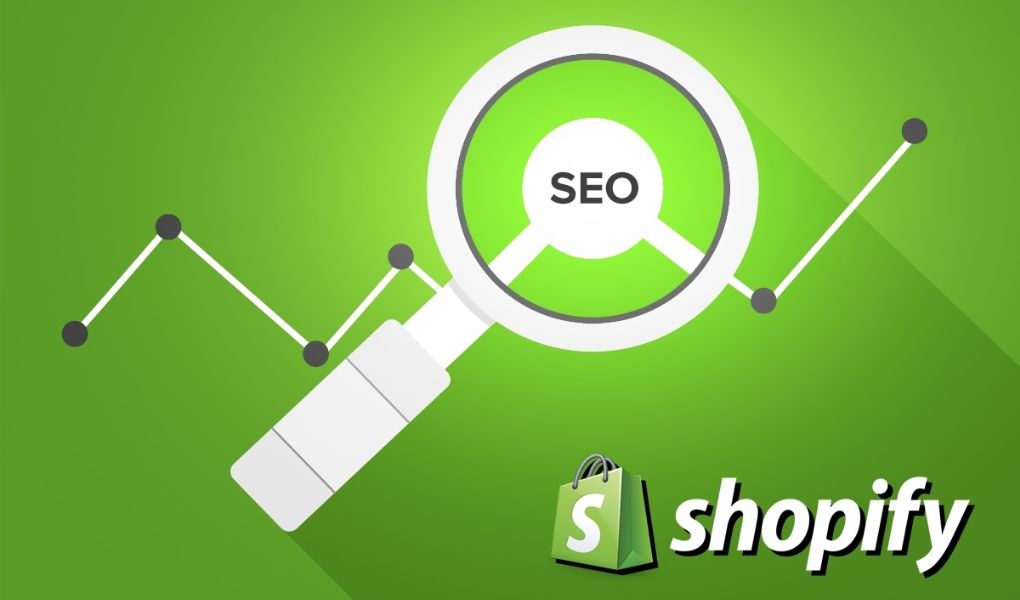
Conclusion
Starting a dropshipping store on Shopify is a great way to build a profitable business with minimal upfront costs. Focus on the right niche, quality products, and Shopify’s tools to create a store that converts effectively. Ready to start how to start a dropshipping store? Explore professional themes at Omnithemes to enhance your store’s success. Visit Omnithemes.com to get started!


